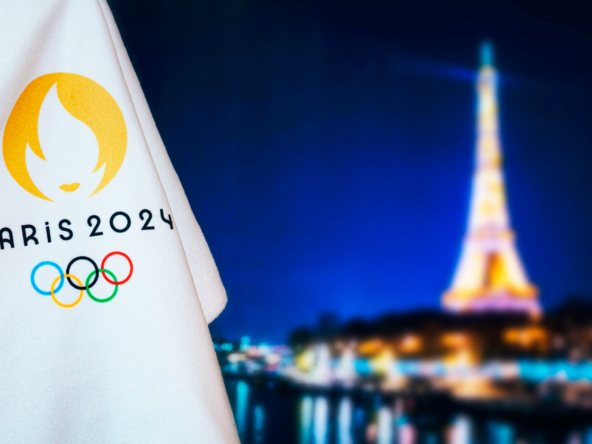In his new book “The Global Code,” psychiatrist, anthropologist and marketing expert Clotaire Rapaille argues that technology is giving birth to a set of new global codes. These global codes differ radically from the individual country culture codes that have dominated our past approaches to marketing. Members of the “satellite tribe” are setting the standards for what these new codes entail, especially for the luxury real estate market.
Clotaire Rapaille conducted an extensive research about culture codes for various countries. A culture code is what causes people from that country to buy and is leading to a luxury real estate new Buyer.
The Luxury Market Hierarchy
To truly understand the luxury market and te luxury real estate new Buyer, one must understand where each person fits into the luxury hierarchy as well as their buying patterns. Clotaire Rapaille has identified five groups in this hierarchy: the court, the aspirants, the suppliers, the brands and the symbolic creators.
In Clotaire Rapaille’s terms, the court is the royalty or what he calls the global or satellite tribe of today.
“Aspirants” correspond to the courtesans or nouveau riche who are hoping to be invited to be part of the court. Rapaille describes the aspirants in the following way:
“The aspirants are not at the Bentley level yet. They drive a BMW, and they work — this is a big handicap. They need to learn how to speak about art, opera, symphony, preservation, dog shelters and fighting cancer, not work. It is not about being successful in your business; you must learn the symbols and the rituals of the tribe.”
Real estate professionals are the “suppliers” because the global tribe is constantly buying and selling properties.
Rapaille recommends that when you speak to the court, avoid trying to sell them anything. Never discuss work or money, aside from the money you want to raise for your foundation or your favorite charity.
After real estate come luxury brands such as Rolls Royce, Bentley, Chanel, or Cartier. When a company establishes a luxury brand, it’s important that the brand maintains its quality and that the codes or symbolic associations are unique.
Rolls Royce (owned by BMW) and Bentley (owned by Volkswagen) provide an interesting case. At one time, little more than the hood ornaments differentiated the two brands, which almost led to Bentley’s demise.
Ultimately, both brands used symbolic associations to differentiate their products: the Rolls Royce, a butler and a chauffeur. In contrast, the Bentley was the car that the owner drove himself when he went hunting with the dogs in the back seat.
Symbolic creators are the artists, musicians and artisans who provide the luxury market with the beautiful and finely crafted items that are timeless and endure. They are the architects of the new world order because their creations transcend boundaries and countries.
The Global Tribe Is Reinventing The Luxury Real Estate Market
Because the global tribe is the luxury real estate new Buyer, its ideas about what constitutes luxury will have a profound effect on what constitutes luxury for many years to come.
Although Clotaire Rapaille’s work is ongoing, he has uncovered the following characteristics about who these trendsetters are and how they are influencing all aspects of luxury marketing:
- The tribe is mobile; it travels constantly.
- The tribe follows the rule of three: it has at least three homes and speaks at least three languages; its individuals are familiar with at least three different cultures, and they have lived in at least three different countries.
- They are not attached to a particular nationality.
- They are “hubbers” who live near major international airports, and when they travel, they are invited to stay with friends — they don’t stay at hotels.
- They fund the arts and set standards.
Clotaire Rapaille’s research into the global codes for luxury has resulted in some startling findings. Don’t miss part 2 of this series soon.





